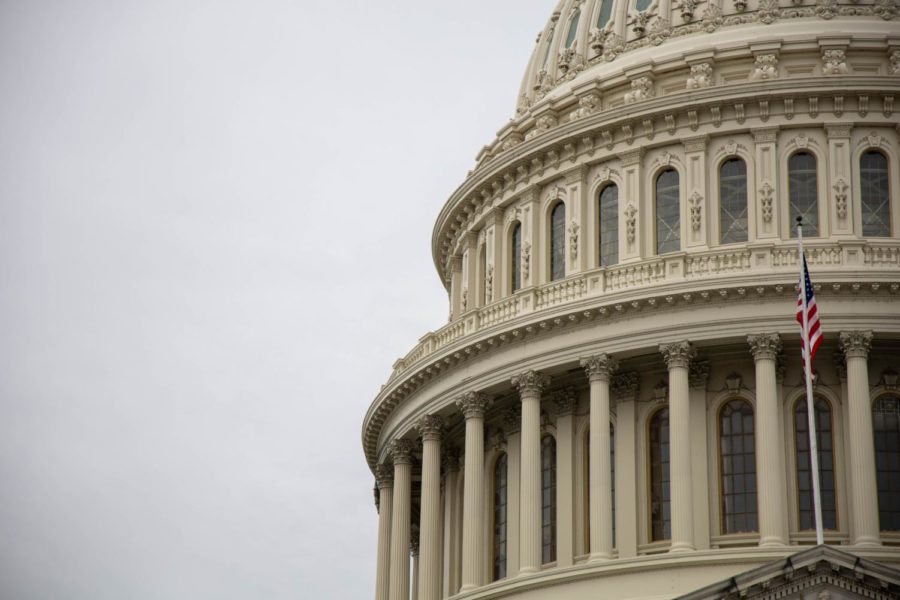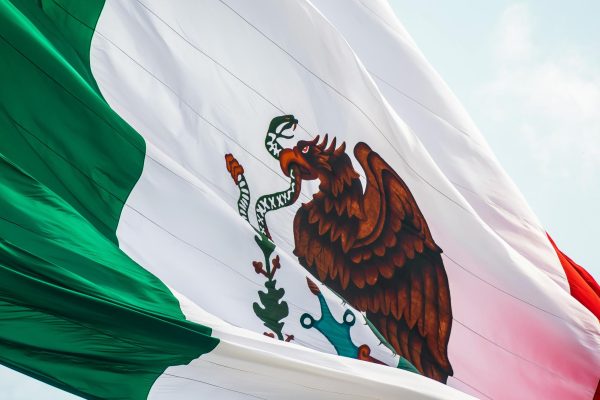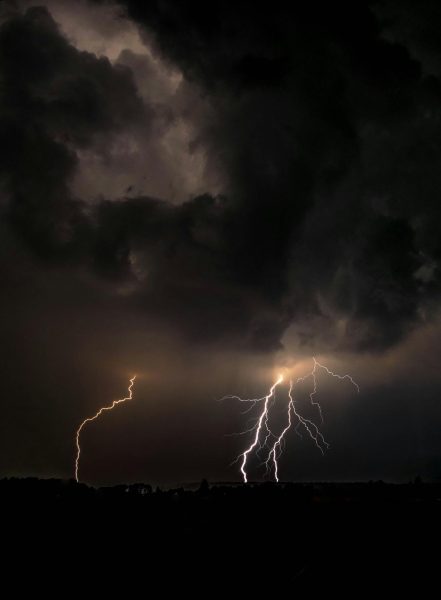The Threat of Government Shutdown Looms Again as Congress Debates Spending
February 10, 2022
Due to disagreement between the Democrats and Republicans in Congress over funding, the US government runs the risk of a shutdown on February 18.
The Democrats are pushing for a more long-term solution to get the country through the rest of the fiscal year, proposing an omnibus spending bill – a bill that would expand domestic spending in multiple areas for an extended period of time. Opposingly, the Republicans are pushing for a more short-term solution, specifically a continuing resolution – continuous short-term funding solutions for multiple federal agencies. This method has been used since the beginning of the Biden presidency. Congress is currently working on a contingency plan in case of a shutdown, but little progress has been made to directly prevent it through negotiation, compromise, and agreement.
This is not the first time a government shutdown has loomed: back in October 2021, a shutdown became a very real possibility, due to extreme debt caused by the COVID-19 pandemic. Initially, a bill to raise the debt ceiling was blocked by House Republicans. At that time, the debt ceiling was eventually raised, and a shutdown was avoided.
However, a shutdown did occur in December 2018 lasting until January 2019. That specific shutdown happened due to disagreements over national security funding. It proved disastrous for government workers, essentially leaving all without pay or any form of support. There were also significant negative effects on the American economy. Given the current state of inflation and general economic downturn due to the pandemic, a government shutdown would likely be even more harmful now than it was back then.
With foreign – the Russia-Ukraine crisis – and domestic threats – inflation and the omicron variant – facing the nation, both parties are inching towards the resolution of this crisis, so that the government remains equipped to face the numerous issues facing the United States.










